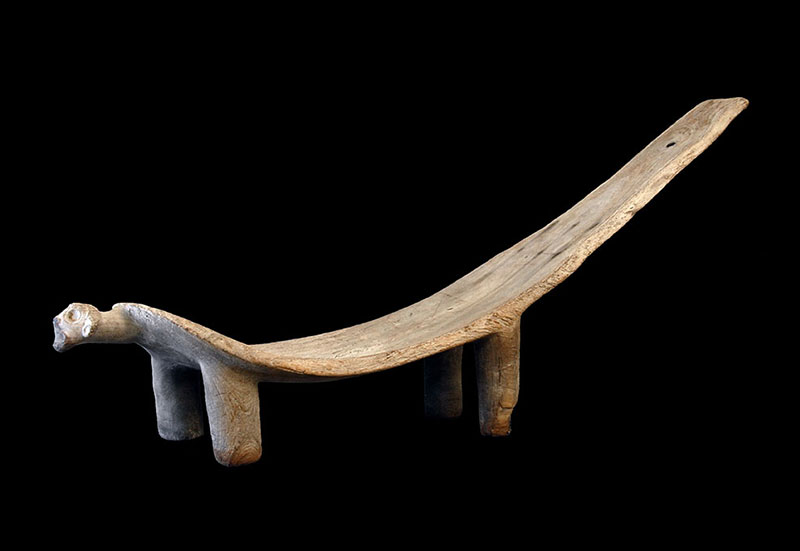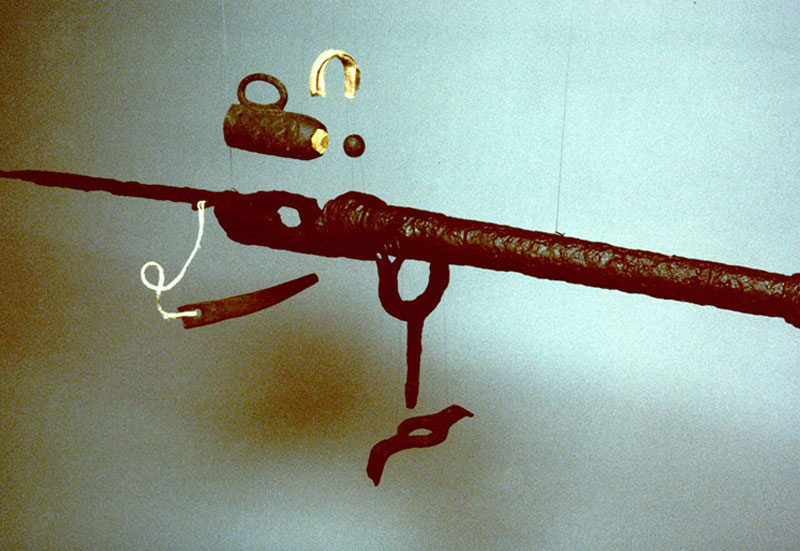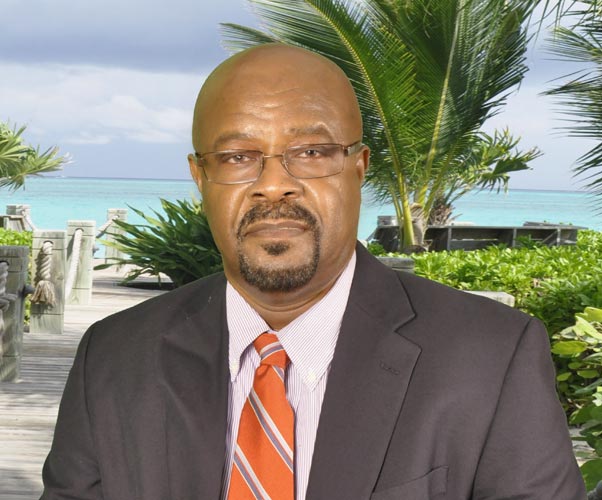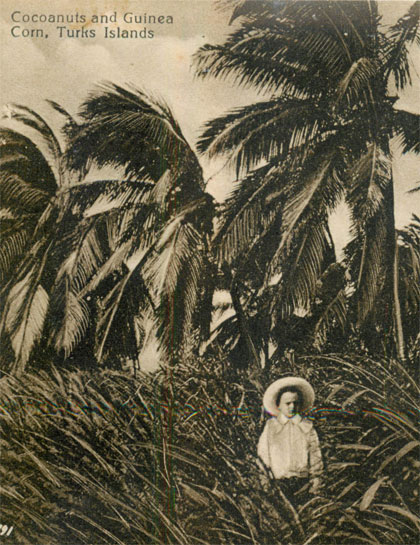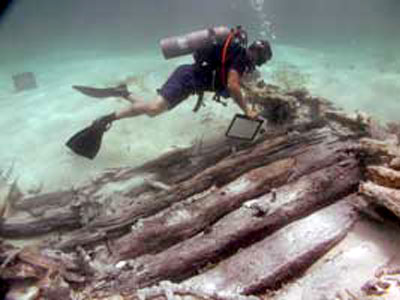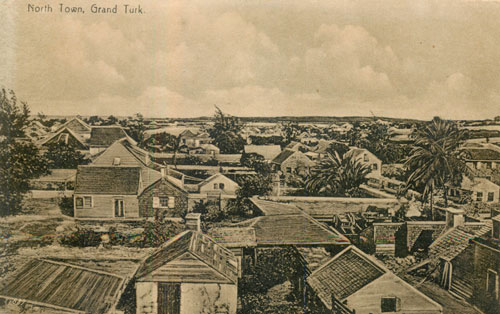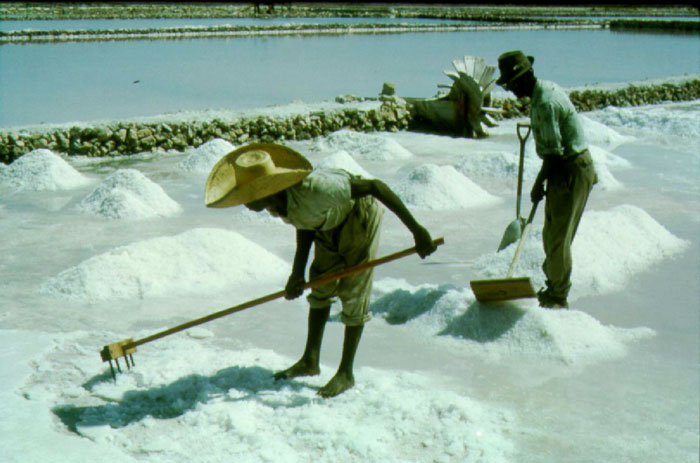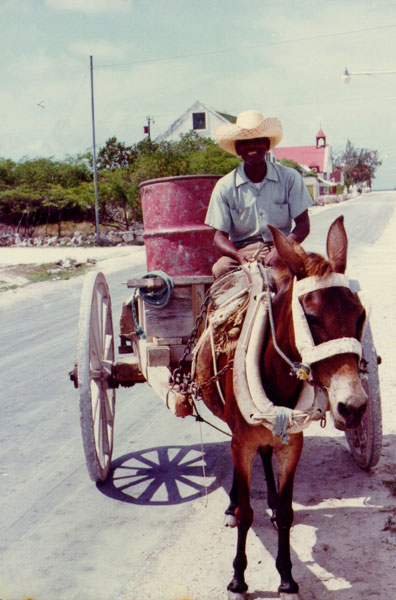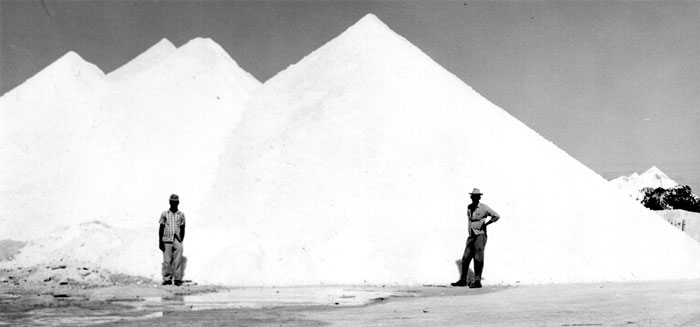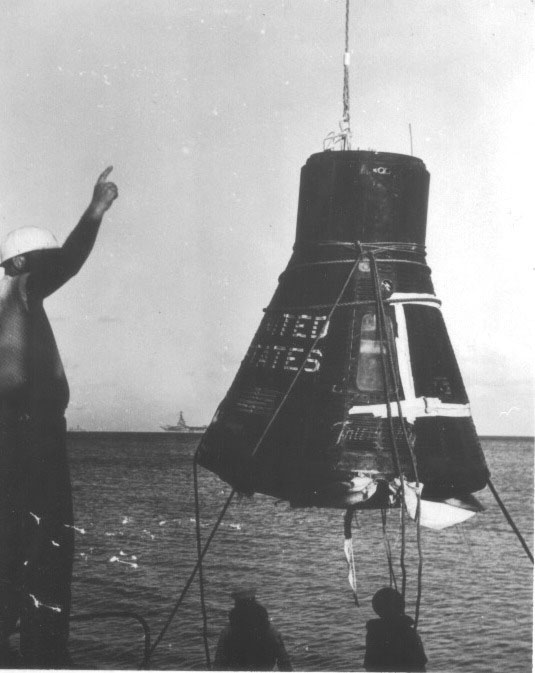Bahamas Long Range Proving Ground
On March 17th, 1953 the Legislation Board of the Turks and Caicos Islands met to discuss the Bahamas Long-Range Proving Ground (Extension to the Turks and Caicos Islands) Ordnance 1953.
The ordnance was to implement provisions of the agreement between the Governments of the United Kingdom and the United States by building a US missile-tracking base on Grand Turk. The ordnance was passed and the United States began to build the base. Prior to the Ordnance being passed, authorization was already given under the Jamaican Agreement in 1952 and signed between Jamaica and Great Britain.
The purpose of the base, and other tracking sites, was to track the long-range missiles launched from the United States as well as the sateliites and manned flights launched from Cape Canaveral. The bases extended from Cape Canaveral, Florida to the Caribbean, across the Atlantic Ocean to the southern tip of Africa, ending on the island of Mahe in the Indian Ocean. Some of the bases were on US Ships, but many were on British soil because the British-American Agreement of 1941 agreed that the United States would trade Britain destroyers for U.S. defense sites in the Caribbean colonies.
When the base was completed, it employed about 60 local skilled, semi-skilled, and unskilled workers, working a ten-hour day. The workers’ wages ranged from 1s 9d for stevedores to 2s 8d for fully skilled carpenters.
On August 22, 1955 the Grand Turk base became operational, in addition to the bases in San Salvador and Eleuthera. Within a year of the base opening, the United States Air Force contracted the operations of the base to Pan American and all the military forces were withdrawn except for the Base Commander.
Grand Turk, along with several other bases, was used to track all of the space launches from Explore 1 to the last of the Mercury flights and was the first place that John Glenn was taken to on Feb 20, 1962. Here he underwent a briefing and a physical check up at the Mercury hospital. Vice President Johnson arrived on February 23rd 1962 and had breakfast at the mess hall with all the VIPs and the astronauts. Former base employee Joe Frasketi said that the Vice President and Col. Glenn were very friendly and posed for several photographs. Vice President surprised the group by telling several men, “You’ve been taking my picture all morning, why don’t you men get around me and we’ll have a picture taken together.”
In 1983, reality hit the Turks and Caicos Islands when it was announced that the base was to be closed. The reason being that it was obsolete and no longer needed. The base provided nearly 2 million dollars annually to the island and employed almost 80 locals. The base was officially closed on 29 February 1984. The base was handed over fully operation to the Turks and Caicos Government. The Turks and Caicos Government currently houses some of it government offices there.
During the 30-year history of the base, there appears to have been little conflict with the locals. In an article published in The Miami Herald on Tuesday Jan. 25, 1977 by Frank Greve, Herald Staff Writer, the late Chief Minister James McCartney did express concern with the bases: by this time there was a U.S. Navy Research facility on the north end of Grand Turk and a U.S. Coast Guard LORAN station on South Caicos. He had stated that there had been supply ships come in with empty space in their holds while the government had problems shipping in medical supplies. Another concern of Mr. McCartney was that personnel from the bases had fathered children here but the mothers never got a dime from the fathers since the day they got pregnant. Many of these children and mothers have become U.S. citizens, thus strengthening the bonds between the United States of America and the Turks and Caicos Islands.



